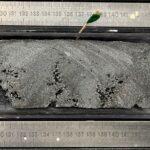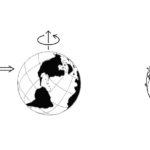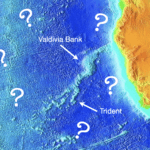
Walvis Ridge (Tristan-Gough) Hotspot

Ever since there have been maps of the Earth, humans have been aware of the interesting fact that the continents Africa and South America look like they could fit together like puzzle pieces. This observation, along with several others, led to the development of the Theory of Plate Tectonics: that rigid sections of Earth’s outermost layer move slowly over time.
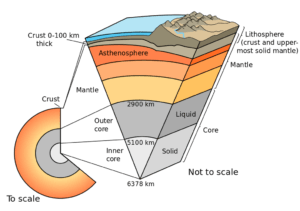
Tectonic activity is responsible for many of the phenomena that directly affect our human existence on planet Earth: earthquakes, volcanic eruptions, tsunamis, and even the formation of islands and mountains. Though we know this process is driven by processes in Earth’s mantle, the fact that we cannot directly observe what takes place within Earth’s layers means the specific nature of these activities is poorly understood.
Expedition 391 will take place along the Walvis Ridge, located in the South Atlantic Ocean east of Namibia. This region is the target of our expedition because, as a hotspot track, its geology holds the key to understanding the origin and evolution of mantle plumes, i.e., buoyant columns of hot upwelling mantle rock, that represent an important mechanism in the formation of our dynamic planet. Hotspots are volcanic centers thought to represent the tops of mantle plumes. Thus, the volcanic rocks produced by hotspots can provide valuable insight into the activity in Earth’s interior.
Walvis Ridge is part of the Tristan-Gough hotspot track that initiated ~132 million years ago with the original opening of the South Atlantic Ocean. In its first 70 million years of activity, this hotspot also interacted with the Mid-Atlantic Ridge, a constructive plate boundary and itself an enormous volcano, producing a complex story of ocean crust formation.

Over the course of this expedition, we will drill into six locations along the hotspot track, enabling us to investigate rocks from layers of lava flows that formed over a span of fifty million years. By studying rocks that span both distance and time, we can better interrogate the mantle processes that led to the formation of the Walvis Ridge, and therefore better understand the composition of the hotspot source, which is probably located at the base of the mantle. While it is generally accepted that hotspot volcanoes form when plumes of lower-density mantle material rise from the core-mantle boundary to melt overlying crust, chemical and isotopic evidence suggest that the Tristan-Gough hotspot track may have formed as the result of complex plume interactions.
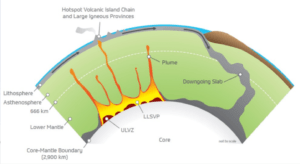
Owing to such complexities, Walvis Ridge can be considered an extreme in Earth’s global system of mantle plumes. Through this investigation of interactions between mantle plumes and oceanic crust, we will be able to refine our model and test hypotheses of the ways in which mantle plumes drive the structure and evolution of Earth’s mantle and impact the formation and evolution of oceanic crust. Thus, we will be able to develop a deeper understanding of how the Earth’s interior shapes our planet’s tectonic plates so that we can interrogate Earth’s past and predict its future.
